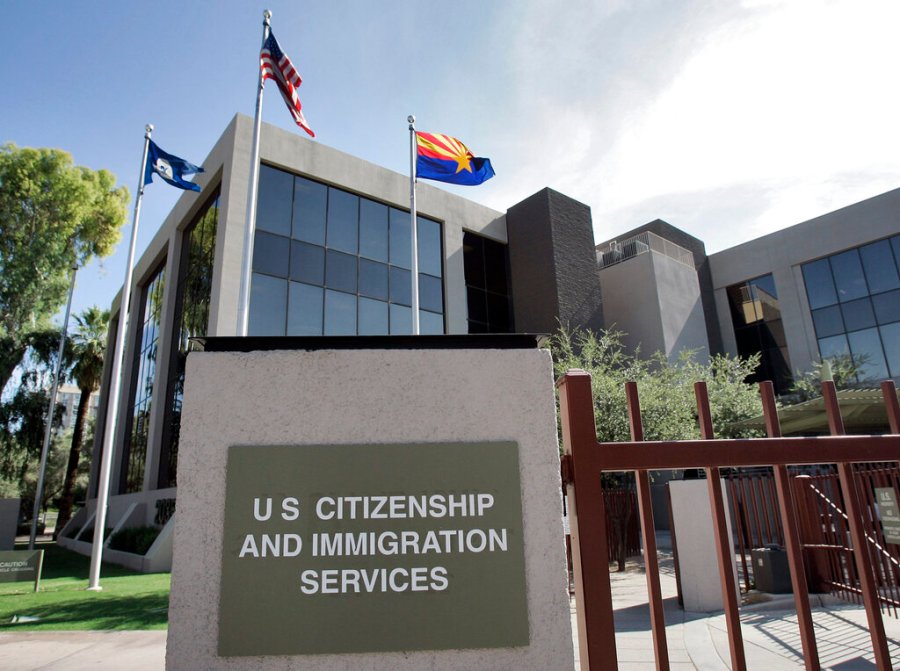President-elect Trump’s insiders have descended into “civil war” over the fate of America’s flagship skilled-worker visa, the H-1B. As Silicon Valley moguls within the incoming administration fight to safeguard the benefits of high-skilled immigration, a new bipartisan bill promises to extend these benefits to communities often left behind by globalization. The Heartland Visa Act of 2024, introduced on Dec. 20 by Sens. Todd Young (R-Ind.) and Joe Manchin (I-W.Va.), would allow visa hopefuls to bring their talents to the cities that need them most.
The H-1B visa enables American companies to employ foreign workers with valuable skills, addressing labor shortages in high-demand markets. But since H-1B applicants must be sponsored by an employer, the program steers applicants to cities where job opportunities are already abundant. As a result, H-1B recipients tend to cluster in the nation’s top-performing metro areas.
Meanwhile, America’s industrial heartland — the core of President Trump’s expanded electoral coalition — has largely missed out on the innovation and prosperity that high-skilled immigration creates. Heartland Visas could help bridge this disparity. By enabling communities to sponsor skilled workers just as companies do, Heartland Visas would empower global talent to refill the physical and cultural cavities in America’s heartland cities.
Urban America is a tale of three cities. There are the superstar cities dotting the coasts, swollen by decades of growth and runaway housing prices. Then there are the boomtowns, sprawling ever wider across the Sun Belt to accommodate surging demand. And then there are the forgotten cities lining the Rust Belt, hollowed out after decades of outmigration.
In high-demand superstar and boomtown cities, growth is as simple as permitting new development to accommodate those knocking at the door. But that isn’t the reality for cities like St. Louis, where vacant homes encircle neighborhoods and parking lots stitch together struggling downtowns.
There is, however, a long line of people from around the world eager to work in America. In fact, over three-quarters of H-1B applicants in the FY 2025 lottery were not granted work visas. Without expanding visa options, many of these high-skilled workers will choose to work in other countries, such as Canada. But by offering high-skilled workers another pathway into America, place-based visas could extend the American Dream to more talented visa hopefuls while fueling innovation in America’s industrial heartland.
Skilled immigrants can provide the impetus struggling cities need to become vibrant employment hubs once more. Economists Edward Glaeser and Albert Saiz find that cities with more skilled workers can more easily reinvent themselves after economic downturns. When industry shifts caused Boston to experience three eras of decline, skilled workers reinvented the city each time. Today, skilled immigrants have helped transform Pittsburgh into an innovation hub, filling and creating jobs in key sectors while contributing tens of millions of dollars to the region’s tax base.
Throughout the country, immigrants launch startups at far greater rates than native-born Americans. According to the National Foundation for American Policy, immigrants have founded over half of America’s billion-dollar startups. Additionally, economists estimate that immigrants produce 23 percent of American innovation output while boosting the productivity of their native-born collaborators. And, remarkably, the American Immigration Council highlights that immigrants and their children have founded 46 percent of America’s Fortune 500 companies, creating jobs for millions of Americans.
While cities like St. Louis and Detroit may not present as many opportunities as New York, Heartland Visa mastermind Adam Ozimek of the Economic Innovation Group reminds us that “they remain, from a global perspective, extremely desirable places to live.” America’s robust institutions — its established democracy, its rules-based legal system and its stable market-based economy — offer immigrants from underprivileged countries unimaginable opportunities.
A Harvard study finds that immigrants from disadvantaged countries see their wages multiply simply by living in America, which uplifts not only themselves but their families back home.
America has much to lose from closing its doors to skilled immigration. When President Trump temporarily halted H-1B visas in 2020, economists estimate that America’s Fortune 500 companies lost over $100 billion in market value. While critics argue that high-skilled work visas lead companies to replace native-born workers with foreign workers, the opposite is true.
Research from the Wharton School reveals that when American firms cannot bring in foreign talent to fill critical labor gaps, they move their operations to countries like Canada, India and China instead. America’s lasting prosperity depends on embracing global talent eager to contribute to its success.
By promising to revitalize America’s industrial heartland, Heartland Visas present a rare compromise in the politically contested area of immigration policy. And with the bipartisan U.S. Conference of Mayors endorsing the Heartland Visa this past summer, Congress now has the power to channel this momentum into a new era of American innovation.
Kenan Dogan is an alumnus of the Dikran Izmirlian Program in Business and Global Affairs at Georgetown University.

